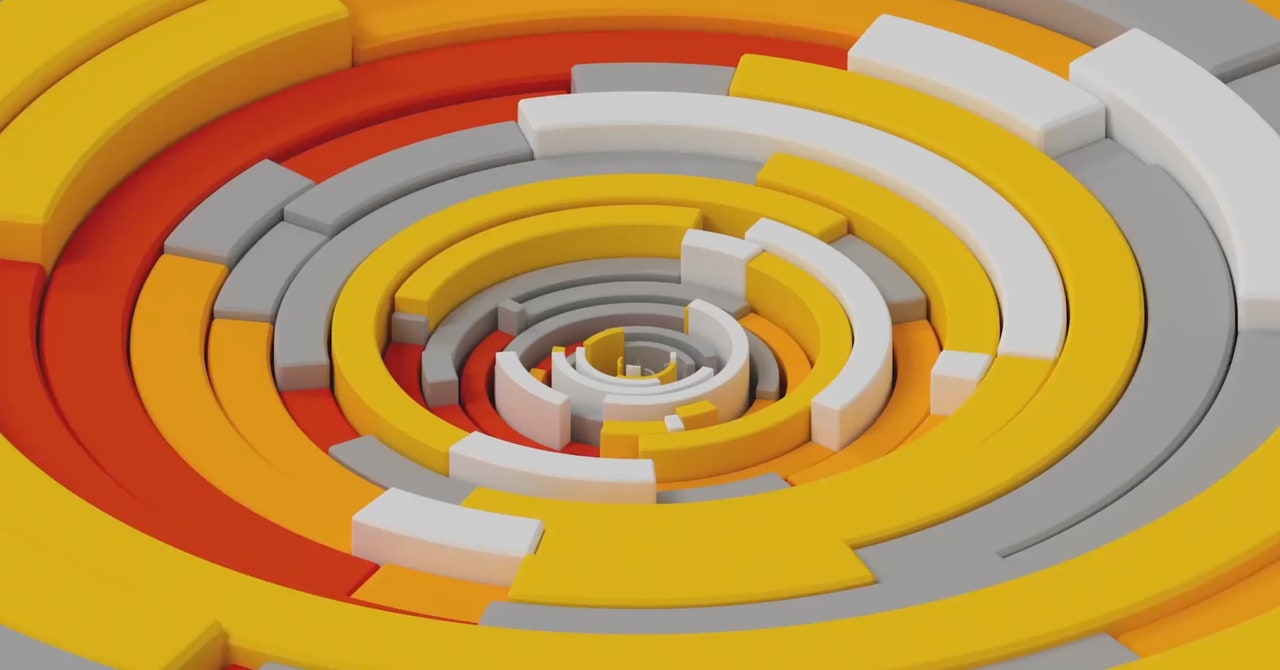
“There are some configurations of the future that don’t correspond to anything in the past,” Cotler said. “There’s nothing in the past that would evolve into them.”
Giddings has proposed a similar principle for ruling out paradoxical states he encountered while studying black holes last year. He calls it “history matters,” and it holds that a given state of the universe is only physically possible if it can evolve backward without generating contradictions. “This has been kind of a lingering puzzle,” he said. Strominger and Cotler “are taking that puzzle and using it to try to motivate possibly a new way of thinking about things.”
Giddings thinks the approach deserves further development. So does Dittrich, who came to similar realizations about isometry a decade ago while attempting to formulate a toy quantum theory of space-time with her collaborator Philipp Höhn. One hope is that such work could eventually lead to the specific isometric rule that might govern our universe—a rather more complicated prescription than “0 goes to 01.” A true cosmological isometry, Cotler speculates, could be verified by calculating which specific patterns in the distribution of the matter in the sky are possible and which aren’t, and then testing those predictions against observational data. “If you look closer at it, you’ll find this but not this,” he said. “That could be really useful.”
To Isometry and Beyond
While such experimental evidence could accrue in the future, in the near term, evidence for isometry is more likely to come from theoretical studies and thought experiments showing that it helps combine the malleability of space-time with the amplitudes of quantum theory.
One thought experiment where unitarity looks creaky involves black holes, intense concentrations of matter that warp space-time into a dead end. Stephen Hawking calculated in 1974 that black holes evaporate over time, erasing the quantum state of anything that fell in—a seemingly blatant unitarity violation known as the black hole information paradox. If black holes have Hilbert spaces that mature isometrically, as Cotler and Strominger hypothesize, physicists may face a somewhat different puzzle than they thought. “I don’t think there can be a solution that doesn’t take this into account,” Strominger said.
Another prize would be a detailed quantum theory that described not just how the cosmos grows, but where everything came from in the first place. “We have no universe, and all of a sudden we have a universe,” Arkani-Hamed said. “What the hell kind of unitary evolution is that?”
For his part, however, Arkani-Hamed doubts that swapping in isometry for unitarity goes far enough. He is one of the leaders of a research program that is trying to break free of many fundamental assumptions in quantum theory and general relativity, not just unitarity.
Whatever theory comes next, he suspects, will take a completely novel form, just as quantum mechanics was a clean break from Isaac Newton’s laws of motion. As an illustrative example of what a new form might look like, he points to a research program stemming from a 2014 discovery he made together with Jaroslav Trnka, his student at the time. They showed that when certain particles collide, the amplitude of each possible outcome equals the volume of a geometric object, dubbed the amplituhedron. Calculating the object’s volume is much easier than using standard methods for computing the amplitudes, which laboriously reconstruct all the ways a particle collision might play out, moment by moment.
Intriguingly, while the amplituhedron gives answers that obey unitarity, the principle isn’t used to construct the shape itself. Neither are any assumptions about how particles move in space and time. The success of this purely geometric formulation of particle physics raises the possibility of a fresh perspective on reality, one free from the cherished principles that currently conflict. Researchers have gradually been generalizing the approach to explore related geometric shapes pertaining to different particles and quantum theories.
“[It] may be a different way to organize unitarity,” Cotler said, “and perhaps it has the seeds to transcend it.”
Original story reprinted with permission from Quanta Magazine, an editorially independent publication of the Simons Foundation whose mission is to enhance public understanding of science by covering research developments and trends in mathematics and the physical and life sciences.


